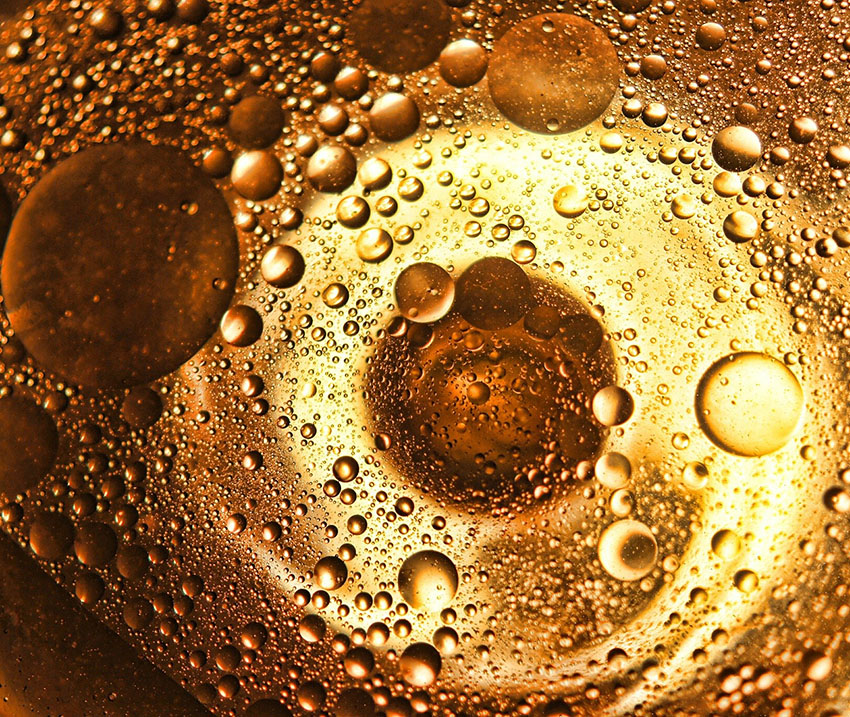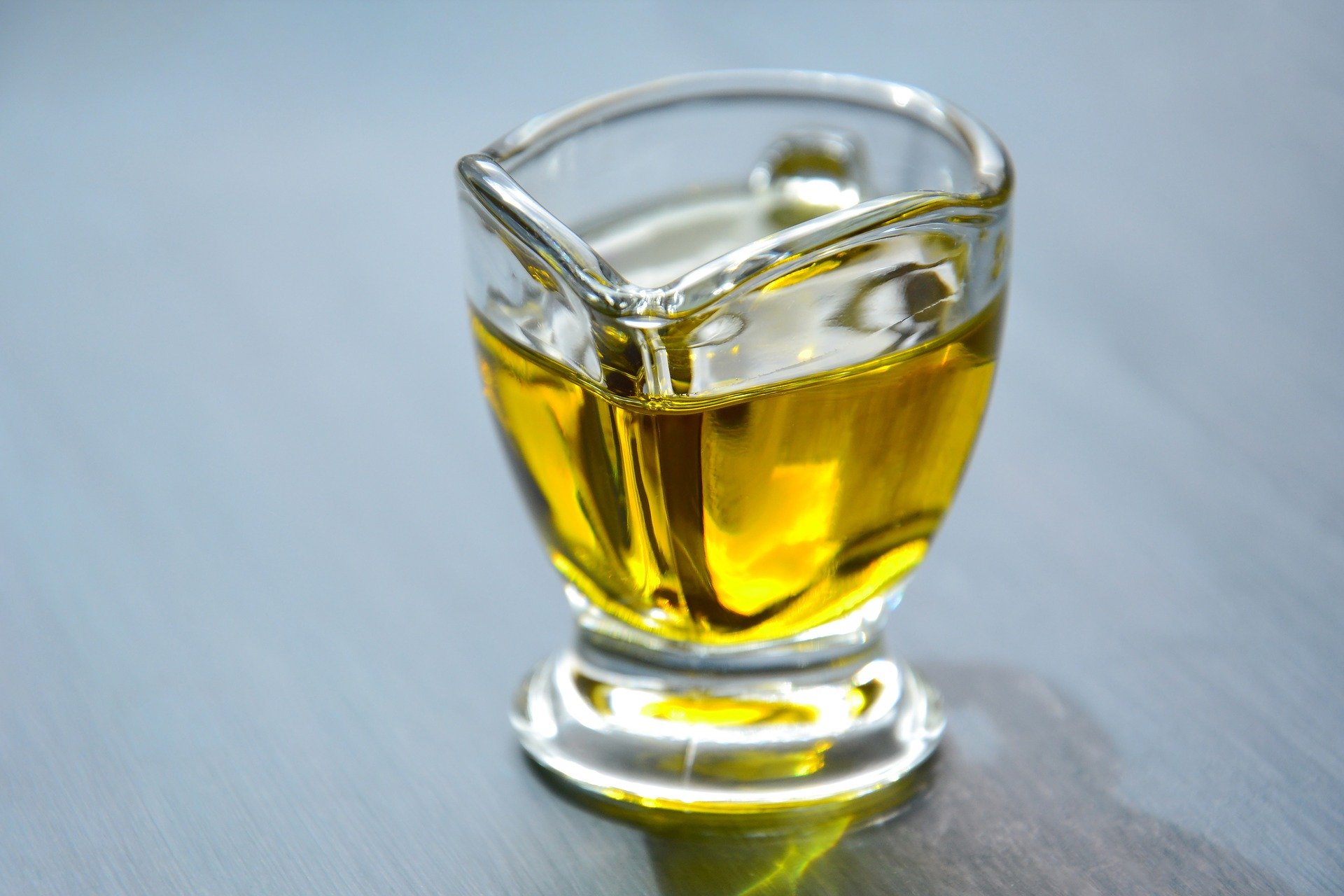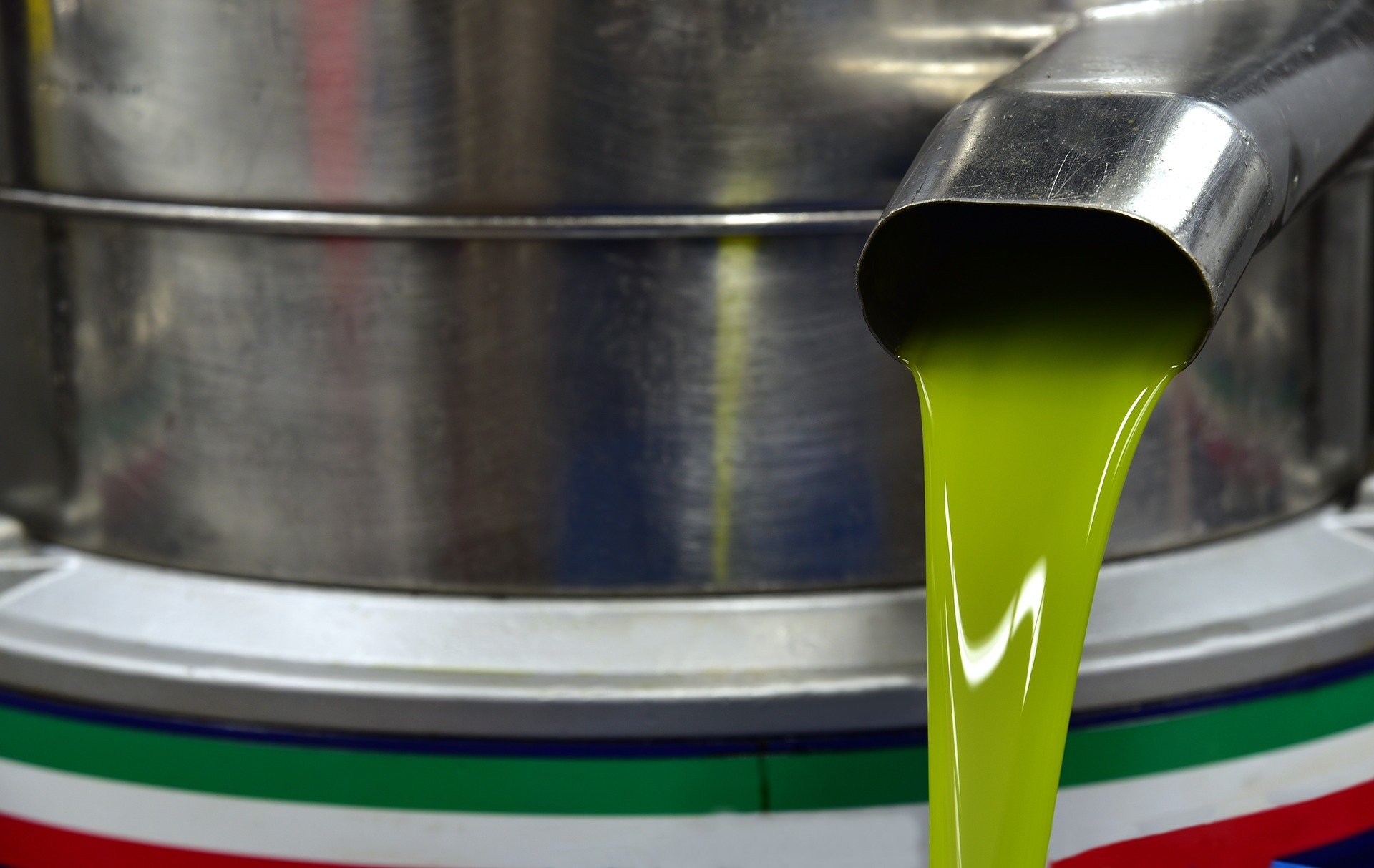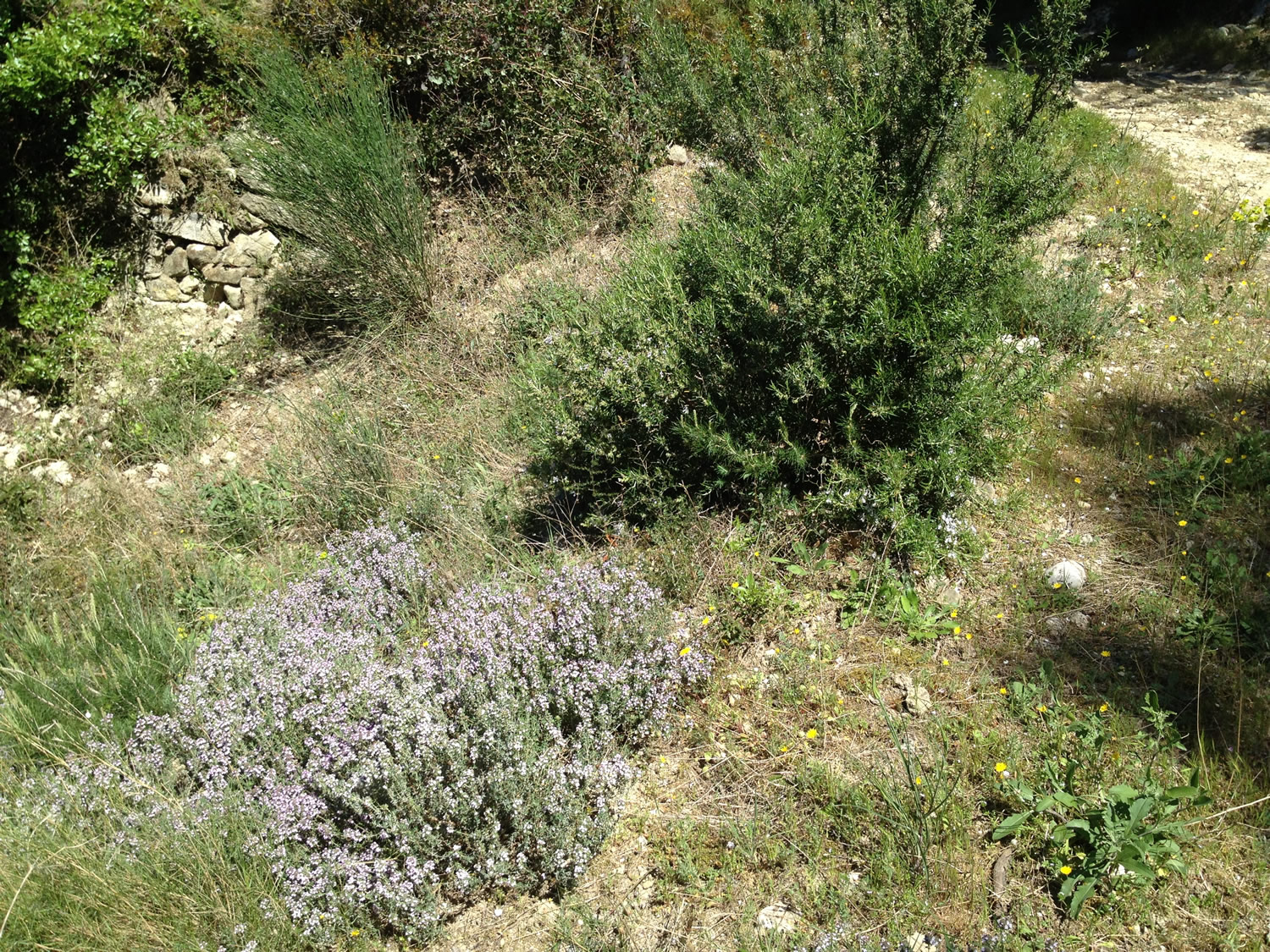How to recognize the best olive oils?

How to recognize the best olive oils?

Picture by Barbara Jackson from Pixabay
There’s no shortage of prose on the subject with more or less heightened truth. But few articles are inclined to answer the question precisely and completely, so we decided to give our own version and vision of what defines a quality olive oil.
As it’s often said for wine, we could also say that a good olive oil is a pleasing olive oil. Unfortunately, this statement is far from being verifiable either for olive oil or wine for that matter, since in the food industry taste is more often linked to the development of the product or its additives than to its intrinsic qualities. Olives and the olive oil industry are no exceptions to this rule and if there are standardized and objective qualitative criteria, experts often fail to consider applicable health standards and environmental aspects. The goal of this article is thus to overcome such professional oversight by listing a complete set of criteria to help us best judge and classify different olive oils.
The basic criteria
The first quality criteria combine objective olive oil chemistry with other subjective sensory aspects. These criteria allow us to define whether an olive oil is “virgin” or “extra virgin”. A virgin olive oil is certainly edible, but its overall quality will be rated much lower than extra virgin olive oil as well as in its taste quality, by definition. For this reason, here in this article we will only review the very top of the bunch: in other words, extra virgin olive oil.
The acidity level, the peroxide index of an olive oil, the absence of defects and the presence of a fruity aroma make it possible to separate extra virgin olive oils from all others (virgin olive oil, lampante oil…)
First, the acidity level represents the proportion of free fatty acids which appear when the triglycerides in olive oil are degraded. The peroxide index, on the other hand, determines the initial oxidation of an olive oil. In other words, the higher the peroxide index, the more the oil is oxidized and the faster it will go rancid.
To be extra virgin, the acidity level of an olive oil must be lower than 0.8 and the peroxide level must be lower than 20 mEq O2 / kg. When we talk about luxury olive oil or even premium olive oil, we’re only talking about that extra fruity virgin olive oil that is also free of any obvious taste defects and has an acidity rate lower than 0.25 (therefore well below the authorized 0.8), plus a peroxide index between 5 and 8 (also well below the authorized limit of 20). The vast majority of extra virgin olive oils produced around the world still actually measure well above these criteria.
Sensory analysis and organoleptic criteria
The “extra” character of a virgin oil is not enough to denote that it’s higher quality. The oil must also have certain organoleptic characteristics such as its taste, aromas and lingering in the mouth. This is where Protected Designations of Origin come into play, their objective both to promote a certain agricultural region while simultaneously assuring consumers by certifying that a specific olive oil comes from a certain production zone.
Since Domaine is an olive grower in a Protected Designation of Origin zone, we are subject to the quality criteria of the Baux-de-Provence Valley PDO. Most French PDOs (Nyons, Baux-de-Provence Valley, Aix-en-Provence, Haute-Provence, Provence, Nice, Corsica and Nîmes) base their judgment on what is referred to as sensory analysis. This method was developed by the International Olive Council and adopted by the member countries of the EU. It’s codified and very detailed, making it a very objective analysis. It’s comprised of specific organoleptic criteria that can be perceived in a tasting (aroma, rancidity, ardor, bitterness, freshness…). These are the favored criteria in competitions. An award-winning olive oil will have met all organoleptic criteria but is not subject to any verdict of “advanced” chemical criteria or even less of environmental criteria.
From the relevant organoleptic criteria flavor profiles achieved by the PDOs, we can affirm that the best olive oils in the world come from a protected origin zone.
The physio-chemical analysis
We’ve had the pleasure of interacting with distributors of so-called premium olive oils, who intend to sell “the best oils in the world”. More demanding than PDOs which focus their analysis on sensory criteria, aromas, taste, peroxide index and acidity level, these distributors generally add other criteria such as the total polyphenol indicator, the K232 indicator or the oleic acid level.
Polyphenols are antioxidants that allow the body to fight against aging. The higher the amount of polyphenols in an olive oil, the better it is. Note that the olive itself is not a fruit particularly rich in polyphenols and that this indicator is not very relevant. In turn, oleic acid is a monounsaturated fatty acid belonging to the omega-9 family, and its beneficial properties for our body are numerous. Thus, the higher the olive oil’s content in oleic acid, the better it is. That said, the amount of oleic acid present in the oil does not depend on the quality of the oil, so this indicator does not guarantee that the olive oil in question is any healthier or that it tastes any better. Finally, the K232 indicator measures the quantity of certain oxidized elements. This measure is especially helpful in determining if an olive oil has been “cut” or mixed with another olive oil of lower quality, which is a very common practice in the food industry where extra virgin olive oil of good quality is mixed with other oils or virgin olive oils in order to augment the product output labeled “extra virgin oil” (sold at higher prices than lower virgin olive oil). All this requires is that the mixture resulting from the two oils is not below the criteria for classifying extra virgin olive oils. While it’s not illegal to do so, this practice shows that the criteria commonly used to classify commercially sold extra virgin olive oils are neither numerous enough nor stringent enough.
What is particularly interesting is these professionals’ obsession with the oxidation of oil along with a manifest lack of interest in the toxicity linked to outside chemical inputs. If it seems obvious to think that an oxidized oil will first taste bad before even being bad for health, it seems even more obvious that any oil loaded with pesticide residues, plastic or heavy metal residues will be not only bad or at least far behind in acceptable taste but also really dangerous for the body.
The question is therefore twofold: 1) “Can we classify an olive oil as premium solely because it displays very good scores on all the criteria currently used by professionals in this sector?” We think not. 2) “Can we classify an olive oil without paying attention to the environmental criteria, to the soil that saw it sprout, to the pesticide treatments the olive grove received, to the materials with which it was refined?” We also think not.
An environmental analysis
Let’s imagine it’s possible to grow and market organically labeled produce in soil that is either radioactive or loaded with lead or mercury. That would be close to science fiction, right? Well not only is it possible, but it’s also a reality (and notably in France) because organic farming is concerned with the growing methods and chemical applications, but curiously it’s not concerned with the quality or even the dangerous toxicity of the soil itself.
From our point of view, soil quality is fundamental to determining the quality of its produce. It’s why we include an additional aspect to the previous criteria, a category of criteria the market doesn’t care about since today it’s yet unable to measure it and unable to produce it on a large scale without chemistry. These ignored criteria measure the dangerousness of an oil in its pesticide residues, plastic residues and heavy metals.
Because unfortunately, an olive oil could be considered “best oil in the world” thanks to its organoleptic sensory-pleasing qualities while still being a dangerous poison loaded with pesticides, toluene, plasticizers or even hydrocarbons.
Pesticide residues in the oil come from chemical treatments applied to protect the olives from insects, fungi, weeds and other pests. These toxic pesticides can have health effects such as cancers, reproductive issues, and immune or nervous system issues. An analysis of pesticide residues in oil revealed over 400 of these toxic compounds.
Plastic residues, the most common ones being phalates, are known for their toxicity and carcinogenic effects. They most often come from plastic packaging (bottles, cans). It’s important to note that there’s no binding national, European or international standards setting a maximum threshold for phthalates in olive oil produced in organic farming. Thus, each producer does as they see fit here.
Finally, the cherry on top is that these heavy metals that are found naturally present in soil are not subject to analysis, even if there is a European regulation limiting their quantity (0.1 mg / kg of lead for example). This means that unless there’s a public health disaster, the heavy metal contents of an olive oil will never be measured. For olive oil, basic analyses will focus on lead, cadmium, arsenic and mercury.
Characteristics of the best oil in the world
If a standard had to be defined, I would say that the best olive oil in the world is extra virgin, that it has an acidity level of less than 0.25 and a peroxide index of between 5 and 8. Its geographic origin is clearly defined by a PDO; upon tasting it reveals a richness and aromatic complexity, a certain smoothness, a certain ardor, bitterness and good length on the palate. The chemical analysis shows a negligible amount of heavy metals, zero pesticide residue and zero plastic residue. It’s therefore produced with organic farming and ideally 100% naturally. The best olive oil in the world must be as healthy for the body as it is excellent to taste, so that it’s bound to be close to a certain type of perfection.
Where does the olive oil from Domaine les Opies stand?
With the exception of 2014, which in France was called the year of the fly (olive fly) where 80% of its crop production was destroyed by this pest and was not brought to market, olive oil from the Domaine has always been classified as extra virgin. It has an acidity level generally below 0.25 but its peroxide index has not yet crossed the bar of 8.6, which we are working to reduce by minimizing contact of the oil with air. However during our natural production our olives are not treated and are not protected against potential insect attacks which could also weigh on the peroxide index. The years go by and no two are alike, with each tasting every year also evoking similar aromas so typical of the Baux-de-Provence valley region (cut hay, almond, artichoke) to which other aromas like tomato become blended. The 2016 vintage was of exceptional quality due to its complexity.
The lands of the Opies are located over hillsides and plains which have never hosted any other crops except olive trees, and soils which have never seen any chemicals; despite this, we decided starting in 2020 to conduct soil analyses and publish the results of all tests performed on our oils.










0 Comment